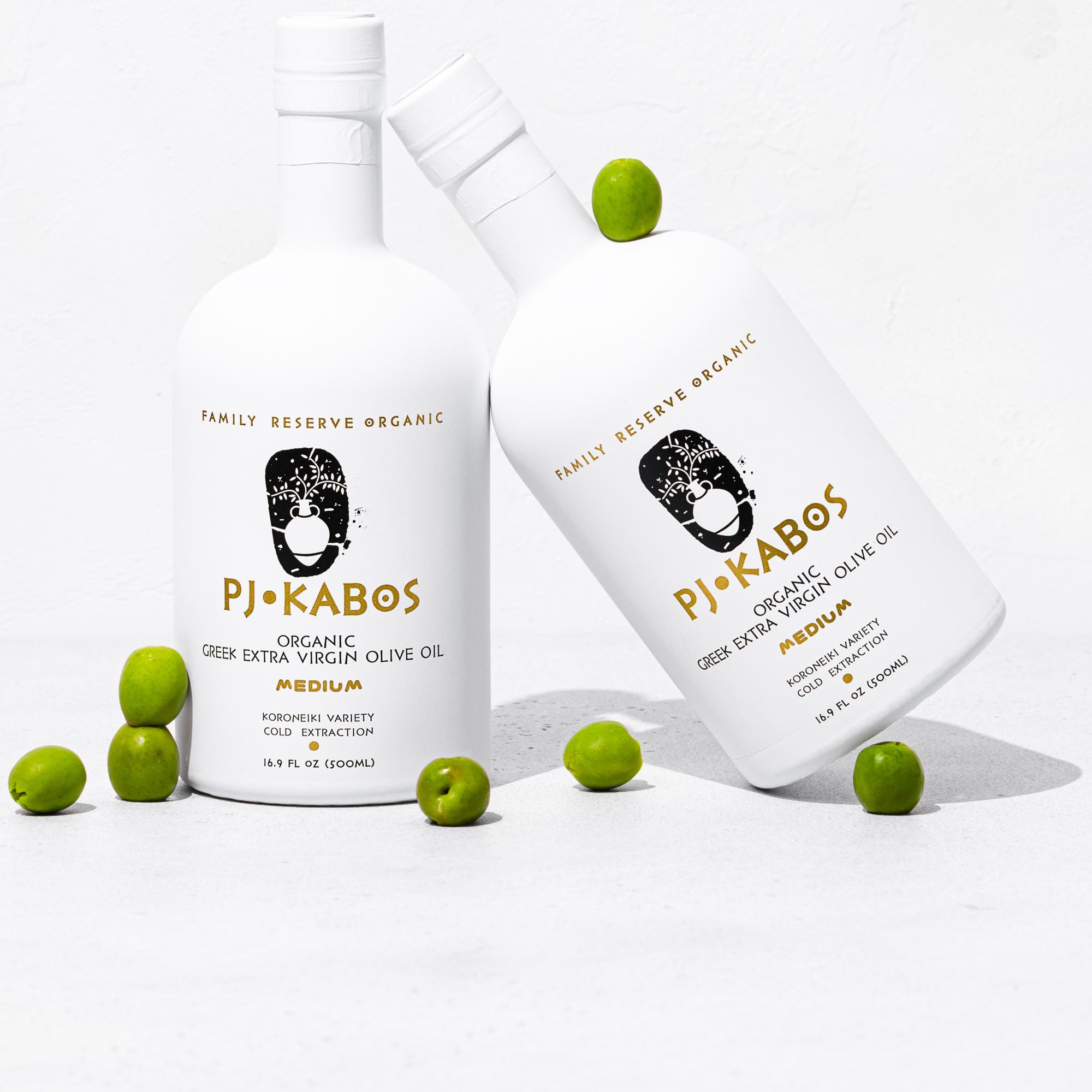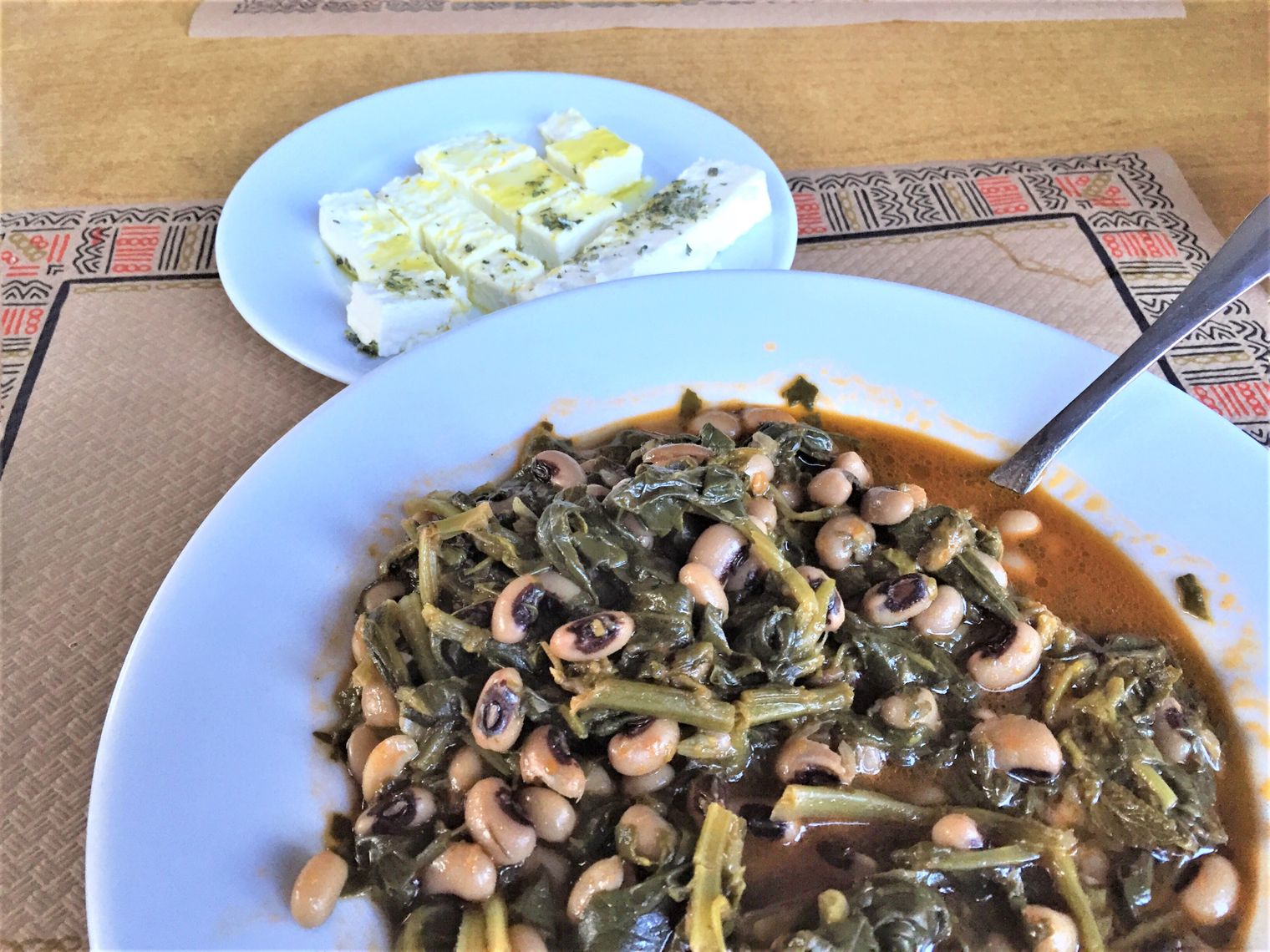When you think of olive oil, you probably think of Italy, or at least Italian food. That’s because Italy produces a whole lot of olive oil—over 2 million tons per year! In fact, Italy consistently fluctuates between 2nd and 3rd on the list of top olive oil producing countries in the world (after Spain and sometimes Greece).
Olives are thought to have been originally cultivated in the Asia Minor region, which is modern-day Turkey, around 6,000 years ago. But over time, people throughout the Middle East and Mediterranean basin region began growing olives (and producing olive oil) due to the favorable climate and soil conditions. Because olives gained popularity among the Ancient Greeks and Romans, their cultivation spread far and wide as these civilizations extended their reach—which is how olives eventually made their way to what’s now modern-day Italy.
Over time, however, it’s become clear that different olive cultivars (i.e. different varieties of olives) thrive in different regions. This is why the types of olives, and the flavor profiles of the olive oil they produce, can differ greatly from region to region and country to country.
High-quality extra virgin olive oil produced from Italian olives is considered some of the very best in the world. Here, we discuss what makes it unique, some common Italian olive varieties and what their oils taste like, and the best ways to use Italian olive oil in your home cooking.
What Do Italian Olive Oils Look & Taste Like?
High-quality extra virgin olive oil from Italy can vary in flavor and color depending on when the olives were harvested, the region of Italy in which the olives were grown, and the specific variety/cultivar of olive used. So there’s no single description that can fully encapsulate what Italian olive oil is like—you’ll have to taste several for yourself. But, keeping this in mind, we can still make a few generalizations that are true for many Italian olive oils.
While the taste and aroma may vary greatly, Italian olive oils tend to have a rich complexity, with a spicy and somewhat bitter taste, and an aroma of almonds, artichokes, ripe fruits, green leaves, herbs, and freshly cut grass. As for color, some may be a golden yellow, but most tends to be a more vibrant shade of green. Research has also shown that, compared to EVOO from other countries, Italian EVOO is somewhat higher in the phytosterol cycloartenal—a plant compound that’s been shown to help lower cholesterol and promote cardiovascular health.
These color, flavor/aroma, and appearance traits are partly due to Italy’s climate. Compared to some other olive growing countries, Italy has a temperate (or mild) climate year-round. Countries like Spain, on the other hand, tend to experience much higher highs, which can yield a yellower olive oil that’s more fruity and nutty in aroma as opposed to herbaceous and grassy.
Types of Olives Used in Italian Olive Oil
When you’re shopping for an Italian olive oil, keep in mind: Much of what’s on the market comes as a blend containing the oils from several different Italian olive varieties. You can also find Italian monovarietals, which contain oil from just one olive cultivar.
Here are a few of the most popular Italian olives used to make Italian olive oil. Pro tip: Look for monovarietals or blends that feature these olives, then host an olive oil tasting with some friends to determine your favorite!
- Moraiolo: Moraiolo olives were first cultivated in Tuscany and are now grown throughout central Italy. These olives are black-violet in color and their oil is of a medium-intensity, with notes of artichoke and herbs, and pleasant bitterness and spiciness. Moraiolo monovarietals tend to be high in health-promoting polyphenol compounds.
- Coratina: Coratina olives are commonly grown in regions of southern Italy like Puglia and Basilicata. These olives produce an oil that’s intensely green in color and has a fruity taste with distinctive spicy, bitter, and grassy notes. Often, Coratina olive oil is used in olive oil blends, which mellows out its intensity. Similar to Moraiolo, Coratina olive oil is high in polyphenols.
- Leccino: Leccino olives are grown across much of Italy—and they’re one of the most common cultivars used to produce Italian olive oil. These olives are green to black and produce an oil that’s mild in flavor and golden in color, with balanced levels of spiciness, bitterness, and fruitiness, and notes of almond and artichoke.
- Nocellara: Nocellara olives are grown in Sicily. They’re large and green, and they produce a mild olive oil that’s a bit fruity, a bit spicy, and has notes of fresh grass, almonds, and tomato. Nocellara olives are also commonly eaten as table olives.
- Frantoio: Frantoio olives are an extremely popular olive cultivar, and they’re commonly grown in Tuscany and Umbria. They produce an oil that’s intensely green and has balanced levels of fruitiness, spiciness, and bitterness, plus notes of almond and fresh grass.
When Should I Use Olive Oil from Italy?
Because Italian olive oil often has a bold, pleasantly pungent, peppery-spicy bite, along with notes of fruit, grass, and aromatic herbs, it can serve as a defining aspect of your dish—lending that authentic flavor to Italian sauces, pastas, pestos, and other classic dishes. In other words, it won’t simply blend into your dish, it will enhance it!
Here are some ideas on how to use Italian olive oil:
- Simply toss warm pasta with a high-quality Italian EVOO and garlic, and finish with a sprinkling of parmesan and fresh cracked pepper.
- Drizzle onto ribollita, a hearty Tuscan soup made with stale bread and vegetables. In general, pungent Italian olive oil is a great way to punch up heartier dishes.
- Add a glug to marinara sauces, garlic sauces, and pestos to bolster that authentic Italian flavor profile.
- Pour over hearty meats or fatty fish like salmon, mackerel, or sardines.
- Dip a crusty baguette into a high-quality Italian EVOO, along with salt and fresh herbs such as rosemary, thyme, and oregano.
- Dress a caprese salad (fresh mozzarella, thickly sliced tomato, fresh basil) with Italian olive oil and a high-quality balsamic vinegar.
- Pour some over warm grain dishes, polenta, or roasted vegetables.
- Drizzle it over hard and soft cheeses and dried fruits like figs.
- Use it in baked goods when you want a distinctive olive flavor, like this gluten-free lemon olive oil cake
- Drizzle a bit over vanilla gelato and finish with a tiny pinch of sea salt.
Product placement
PJ KABOS 'Family Reserve Organic - Medium'
High Phenolic and 2022 Gold-Award Winner.
Declared as 'One of the World's Best Olive Oils'.
Click here to shop.




